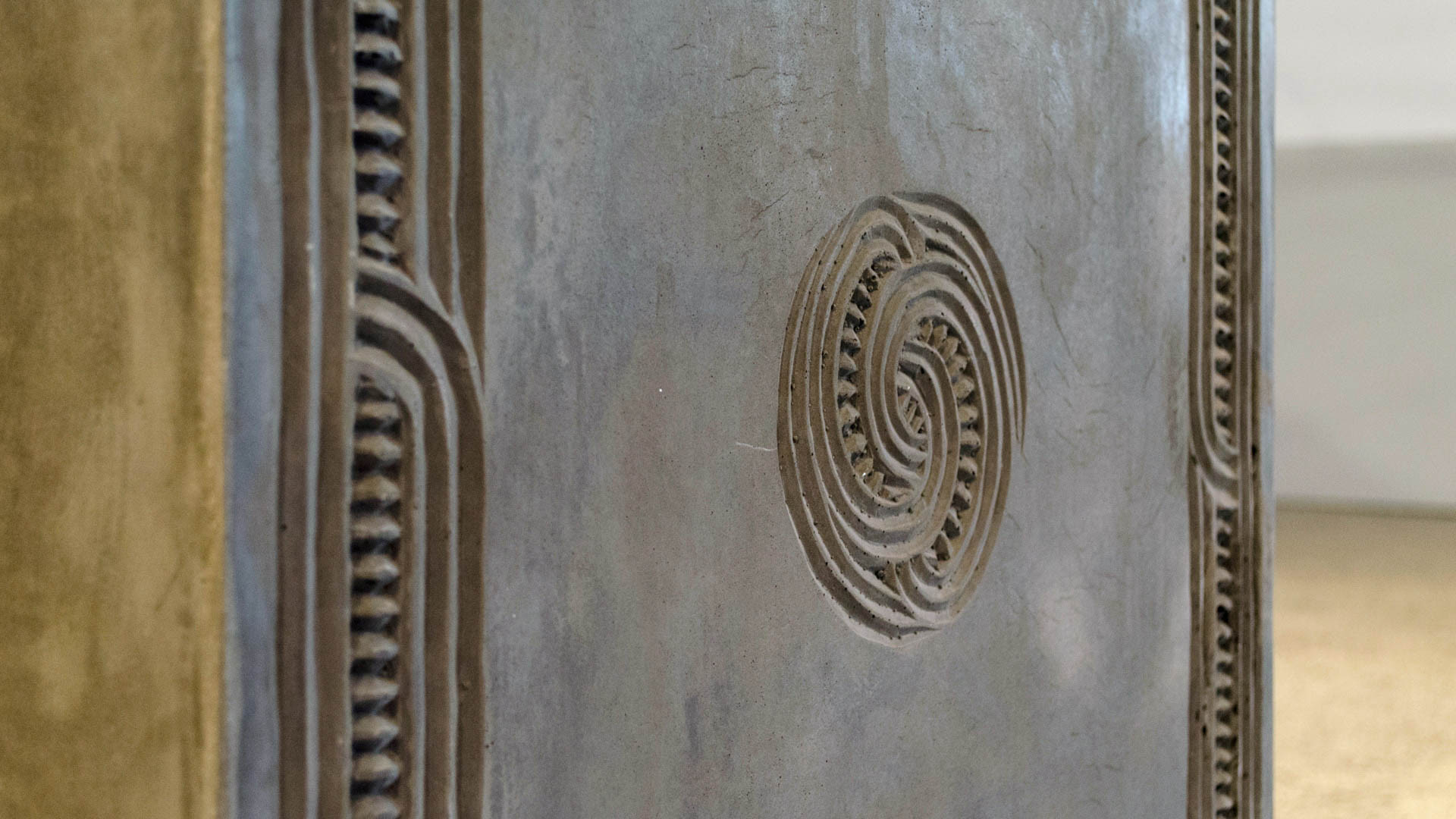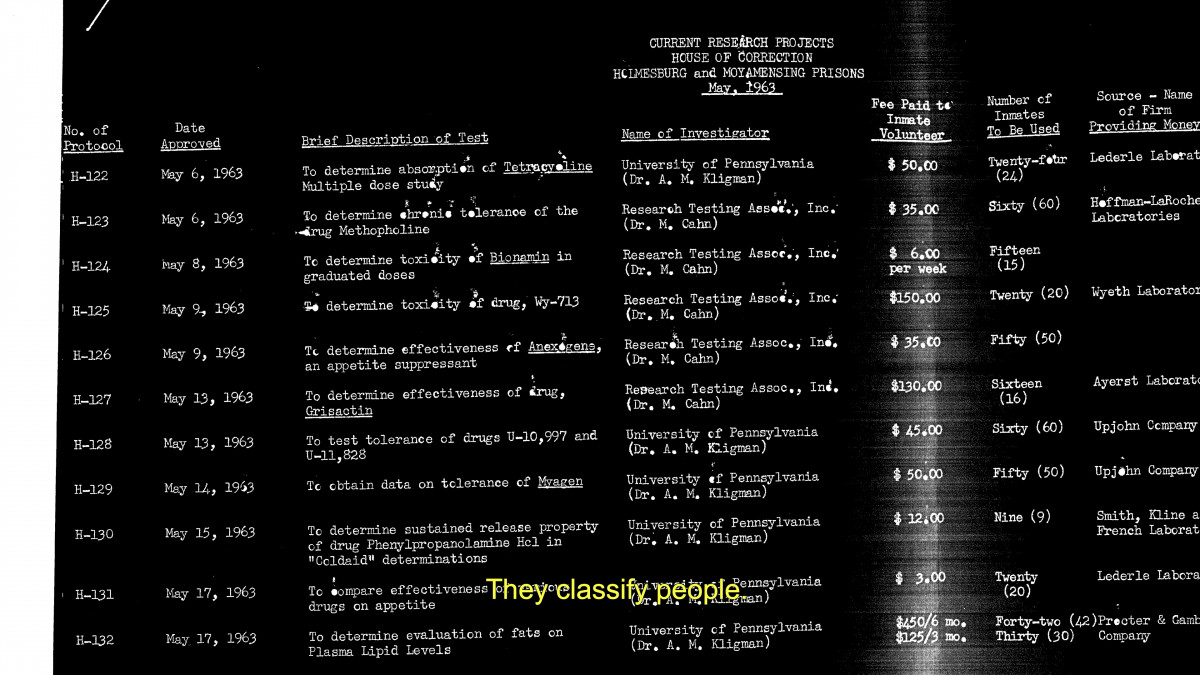Far, far away
Chevron Hassett


Far, far away by Chevron Hassett. Installation view. Courtesy of the Artist.

Far, far away by Chevron Hassett. Installation view. Courtesy of the Artist.

Far, far away by Chevron Hassett. Installation view. Courtesy of the Artist.

Far, far away by Chevron Hassett. Courtesy of the Artist.

Far, far away by Chevron Hassett. Courtesy of the Artist.

Far, far away by Chevron Hassett. Courtesy of the Artist.

Far, far away by Chevron Hassett. Installation view. Courtesy of the Artist.

Selected Materials, Vitrines. Courtesy of the artist and artists whanau.

Selected Materials, Vitrines. Courtesy of the artist and artists whanau.

Selected Materials, Vitrines. Courtesy of the artist and artists whanau.

Selected Materials, Vitrines. Courtesy of the artist and artists whanau.

Selected Materials, Vitrines. Courtesy of the artist and artists whanau.

Selected Materials, Vitrines. Courtesy of the artist and artists whanau.

Far, far away by Chevron Hassett. Courtesy of the artist.
Consider the original use of this building. It opened to the public as a post office in June 1973 and subsequently processed mail for the inhabitants of Tāmaki Makaurau for decades. Each day messages that contained life’s complexity passed through the doors via the letters sent between family members, friends, businesses, government agencies. Close your eyes. What letter would you write to yourself? What letter would you wish to receive? Taken as an expanded form of the epistolary, Hassett’s practice emerges as a process of correspondence between a past and a future self. Here he conjures an autobiography that reflects the specific experience of urban Indigeneity. Gathering the contrasting encounters of daily life together he evolves a project of cultivation.
View full exhibition text
Consider the original use of the building in which Artspace Aotearoa is located. Purpose built as a post office and opened to the public in June 1973, it subsequently processed mail for the inhabitants of Tāmaki Makaurau for decades. Each day messages that contained life’s complexity passed through the doors via the letters sent between family members, friends, businesses, government agencies. Close your eyes. What letter would you write to yourself? What letter would you wish to receive? Taken as an expanded form of the epistolary, Hassett’s practice emerges as a process of correspondence between a past and a future self.
The correspondence between two particular experiences becomes concrete in the gallery space on Karangahape Road through the production of a new sculptural work positioned at its centre. One: the recognisable routine of hanging the washing out in the garden. Where is your garden? What does it smell like? What can you hear? Two: a walk through the city, any city, encountering multiple monuments that represent the same value system over and over again.
Hassett gathers these contrasting encounters from daily life together and etches into them. In doing so, he conjures an autobiography that emerges specifically from an experience of urban Indigeneity. Here, the sense of a letter sent somewhere weaves lines through time and connection, through Maui, Rauponga Whakarare, and Rauponga Haehae* to evolve a project of cultivation.
*These patterns appear in the exhibition. These same patterns appear frequently in carving from Ngati Porou, particularly in relation to genealogy.
Biography
-
Chevron Hassett, born in Lower Hutt, Aotearoa is an artist of Ngati Porou, Ngati Rongomaiwahine and Pākehā heritage. He graduated with a Bachelor of Design with Honours from Massey University in 2017, received the CNZ Nga Manu Pirere award in 2017 and was a recipient of The Arts Foundation Springboard award in 2022. Having exhibited both in Aotearoa and Australia, Hassett’s primarily lens-based practice is led by the essential spirit of whanaungatanga, the concept of connecting, building and maintaining relationships within communities.
Reading Room
A Portable Paradise
Screening Room

Carolyn Lazard
2023 programme
Each year we orbit around one question in the company of artists and through exhibitions and other programmes. Across the year we explore the edges of what this question offers us, and what artworks and their authors can weave together. In 2023 we ask “where does my body belong?” You can think of this as one exhibition in five parts, as a score played across a calendar, or maybe even as a forest.
Maree Horner
J.C. Sturm
Chevron Hassett
Özlem Altın
Quishile Charan
Judith Hopf
Laida Lertxundi
Rosemary Mayer
Alanis Obomsawin
Prairie Hatchard-McGill
Angela Pan
Hulita Koloi